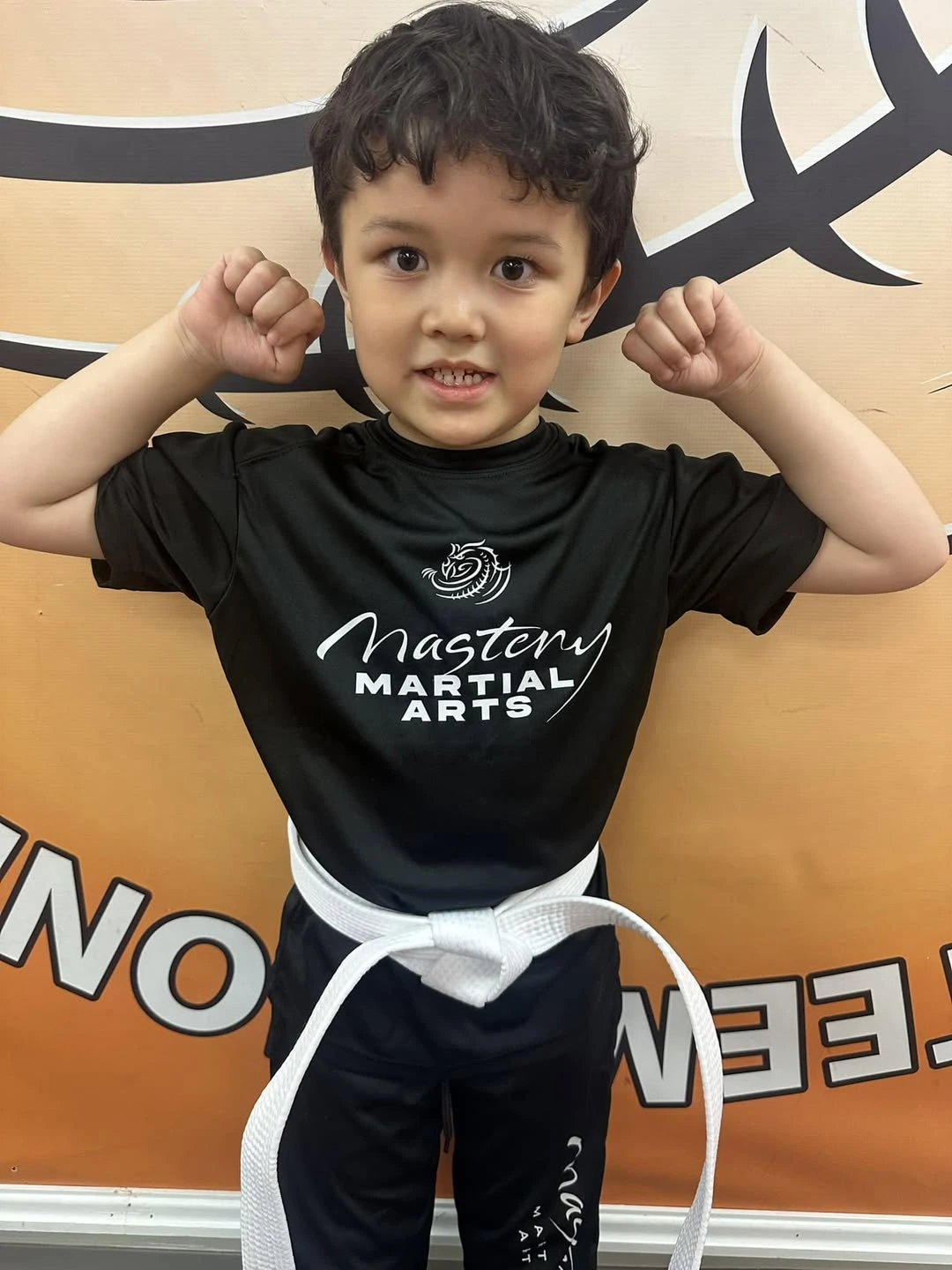When it comes to preventing injuries in children’s martial arts, a little knowledge goes a long way. According to the National Federation of State High School Associations, youth participation in martial arts grew by over 13,000 participants from 2018 to 2022. That figure shows many parents, like you, are drawn to the benefits of martial arts: confidence, discipline, and improved fitness for your kids. The good news—these rewards can come with fewer injuries if you take some practical steps.
Recognize Common Martial Arts Injuries
Sprains, strains, cuts, and bruises are the most frequently reported injuries in youth martial arts. Children can also face more severe issues such as fractures of the nose or orbit, concussions from strikes, and shoulder or elbow injuries from being thrown. Thankfully, research indicates these serious injuries are far less common than the minor bumps and bruises children might get on the playground.
Relax. Most martial arts disciplines, including karate or taekwondo, emphasize technique and control. Even so, staying alert to potential injuries helps you take steps to reduce the risk. While no sport is 100 percent free of injuries, awareness empowers you to safeguard your child’s well-being.
Use Protective Gear And Technique
Using your child’s protective gear properly can lower the chance of broken bones, dental damage, or other trauma. Headgear and mouthguards shield the face, while body padding or chest protectors are critical for kids who spar with moderate-to-heavy contact. Keep in mind that although headgear does not guarantee concussion prevention, it does help soften direct blows.
Another major factor is correct technique. Encourage your child to follow their instructor’s guidance on safe punching, kicking, and takedown form. If movements are taught progressively, with lots of supervised practice, your child’s muscle memory and control improve, which lowers the risk of chaotic collisions or falls.
Rely On Expert Instruction
Well-trained instructors are key to a safe martial arts experience. By prioritizing technique, self-control, and appropriate sparring, they help reduce the number of injuries. Children younger than eight to ten years old typically should not do full-contact sparring—they do better focusing on basic moves, balance, and coordination first.
One Michigan-based school known for its robust safety emphasis is Mastery Martial Arts – Troy. They tailor each program to match a child’s age and developmental stage, so your child grows at a comfortable pace. The instructors there understand how to tap into each student’s best, giving you peace of mind that your little one is in expert hands.
Promote A Safe Environment
Martial arts often involve close contact, so a clean and hazard-free environment is vital. Regularly sanitized mats help prevent skin infections (like ringworm or MRSA). Mats that fit snugly together minimize tripping hazards, and dry floors lower the chance of slips that can lead to twisted ankles.
Helpful steps for a safer environment include:
- Wiping down gear such as gloves, pads, or headgear after each use
- Keeping water bottles separate to reduce germ spread
- Checking that floors and mats are consistently inspected and replaced if worn
When instructors take these steps daily, children can focus on learning new skills instead of worrying about potential injuries.
Ensure Gradual Progress
Boost your child’s safety by pacing their martial arts training. It may be tempting to jump right into advanced kicks and flips, but slow, consistent progress builds a stronger foundation. A gradual approach also helps avoid overuse problems. Moves like repeated kicking or blocking can strain growing muscles if done nonstop.
You can encourage more mindful practice by talking with instructors about belt promotion requirements and realistic timeframes. A little patience goes a long way in preventing strain and burnout. If there is ever a question about readiness for the next belt test or advanced sparring drills, it is best to consult with the coach. Steady improvement keeps motivation high while limiting injury risks.
Quick Recap And Next Step
- Recognize minor vs. severe injuries.
- Use protective gear properly.
- Choose experienced teachers and safe curricula.
- Maintain a clean environment.
- Progress steadily to reduce strain.
For more child-friendly martial arts safety tips, you can explore these guidelines: child-friendly martial arts safety tips. With the right mix of supervision, gear, environment, and pacing, you will minimize injuries and set your child up for a positive martial arts journey. You have got this, and the data confirms that a few thoughtful choices can make all the difference.



